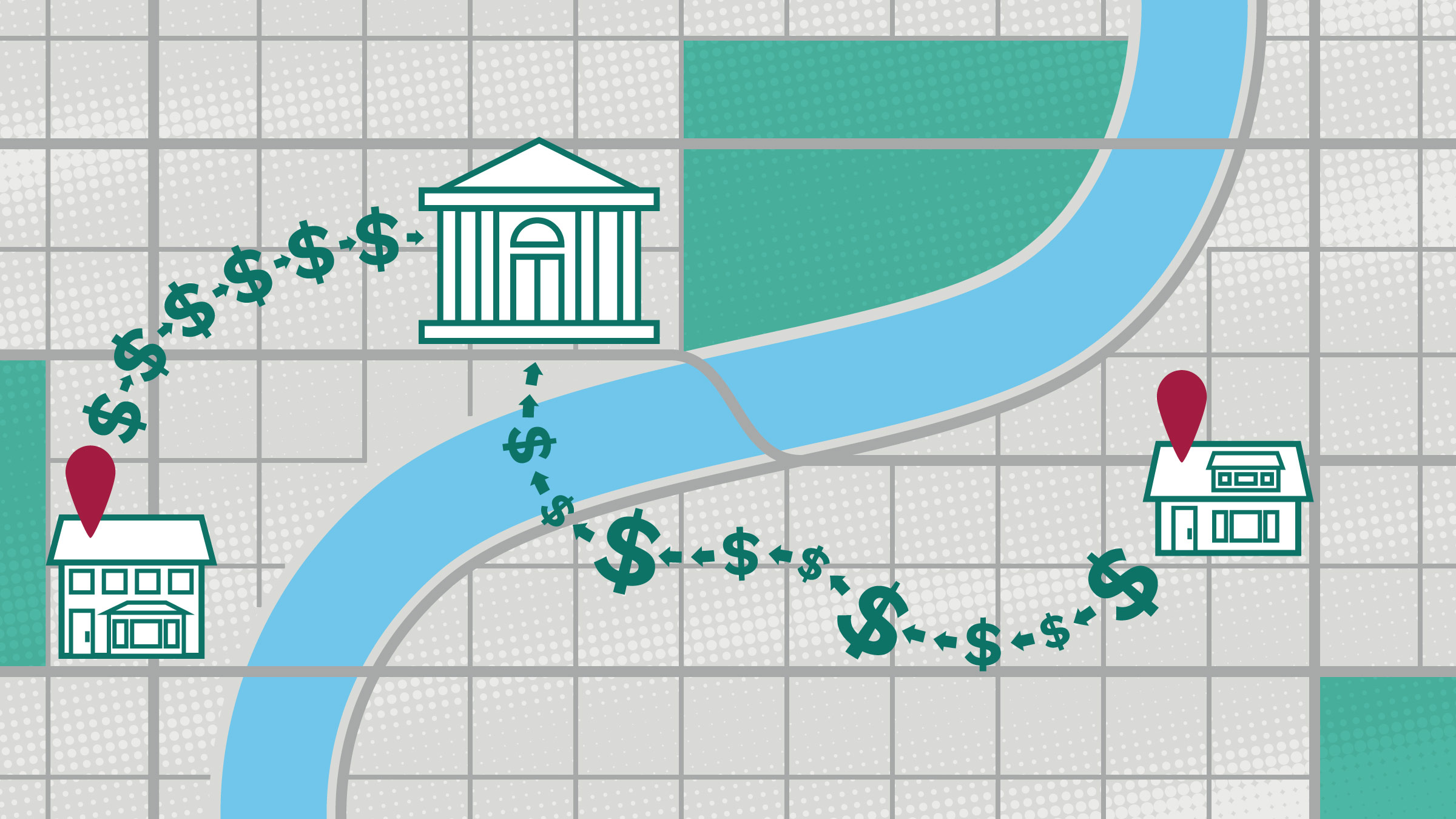Abstract
Before the establishment of federal deposit insurance, the U.S. experienced periodic banking panics, during which banks suspended specie payments and reduced lending. There was often a corresponding economic slowdown. The Panic of 1837 is considered one of the worst banking panics, and it coincided with a slowdown that lasted for almost five years. The economic disruption was not uniform across the country, however. The slowdown in New England was substantially less severe than elsewhere. Here we suggest that the Suffolk Bank, a private bank, was one reason for New England’s relative success. We argue that the Suffolk Bank’s provision of note-clearing and lender of last resort services (via the Suffolk Banking System) lessened the effects of the Panic of 1837 in New England relative to the rest of the country, where no bank provided such services.







